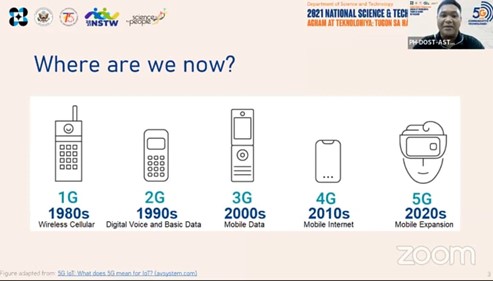
The Department of Science and Technology, through the Office of the Assistant Secretary for International Cooperation and the International Technology Cooperation Unit, in partnership with the Embassy of the United States of America in the Philippines, organized a webinar on 5G and Communicative Technologies on 24 November 2021 in connection to the week-long celebration of the National Science and Technology Week (NSTW).
During the webinar, experts discussed their perspectives on the crucial mechanisms behind the evolving telecommunications industry as well as its challenges in the modern world including 5G mobile networks. 5G mobile networks are expected to be 10 to 20 times faster, making it a necessary technology to support the simultaneous operations of thousands of devices.
Internet connection is a major concern in the Philippines. The high cost and low-quality service offered by internet providers has been frustrating for Filipinos, which are believed to be some of the most social media active people. At the height of the pandemic, people were deeply dismayed by the slow internet connection as the country had to transition to work from home setup and distance learning which require a reliable internet connection. The pandemic has exposed the huge Internet connectivity gaps.
What should follow next is innovation.
Hence the need for increased capacity, reliability, and resiliency of information infrastructure.
So what is 5G?
Mr. Philip A. Martinez, Senior Science Research Specialist at DOST-Advanced Science and Technology Institute (DOST-ASTI) said that 5G is the 5th generation mobile network. It is a new global wireless standard after 1G, 2G, 3G, and 4G networks. 5G is not just about phone alone, it extends beyond modern telephony. It brings the capacity and the capability to connect the internet to multiple devices. It is the next generation of mobile communication standards, which features higher capacity, higher speed, and low lag.
He also emphasizes the importance of 5G since the world is generating more data, hence the need for an infrastructure that could keep up with the data generated, transferred, and processed.
What is the state of 5G in the Philippines?
Martinez shared that recent global events pushed the need for better capacity, reliability, and resiliency on an information infrastructure that made the Philippines one of the first Southeast Asian markets that rolled out 5G technology. This enabled the country to open opportunities to develop Internet of Things solutions which can be applied in various industries.
He also noted that there remain existing gaps in terms of access to 5G and there are several interventions done by the government to address these challenges. Among them is DOST-ASTI’s Resilient Education Information Infrastructure for the New Normal (REIINN) – a program aimed to develop technology demonstrators that may aid in bridging the digital divide.
With the entry of 5G technologies in research and development, various sectors and smartphone users cannot wait for 5G to be integrated into the Filipinos daily routine. For now, netizens need to wait for further developments from local telecommunications companies and the government. In fact, the public will closely watch the developments in the coming years.
Missed the Webinar? Watch it here!
This and other webinars and e-Learning sessions are among the featured activities on the virtual celebration of the 2021 National Science and Technology Week which runs from 22-28 November. To know more about the activities, visit the NSTW website www.nstw.dost.gov.ph or check out the official NSTW Facebook page NSTWDOST. (By Murvi S. Cua DOST-STII)

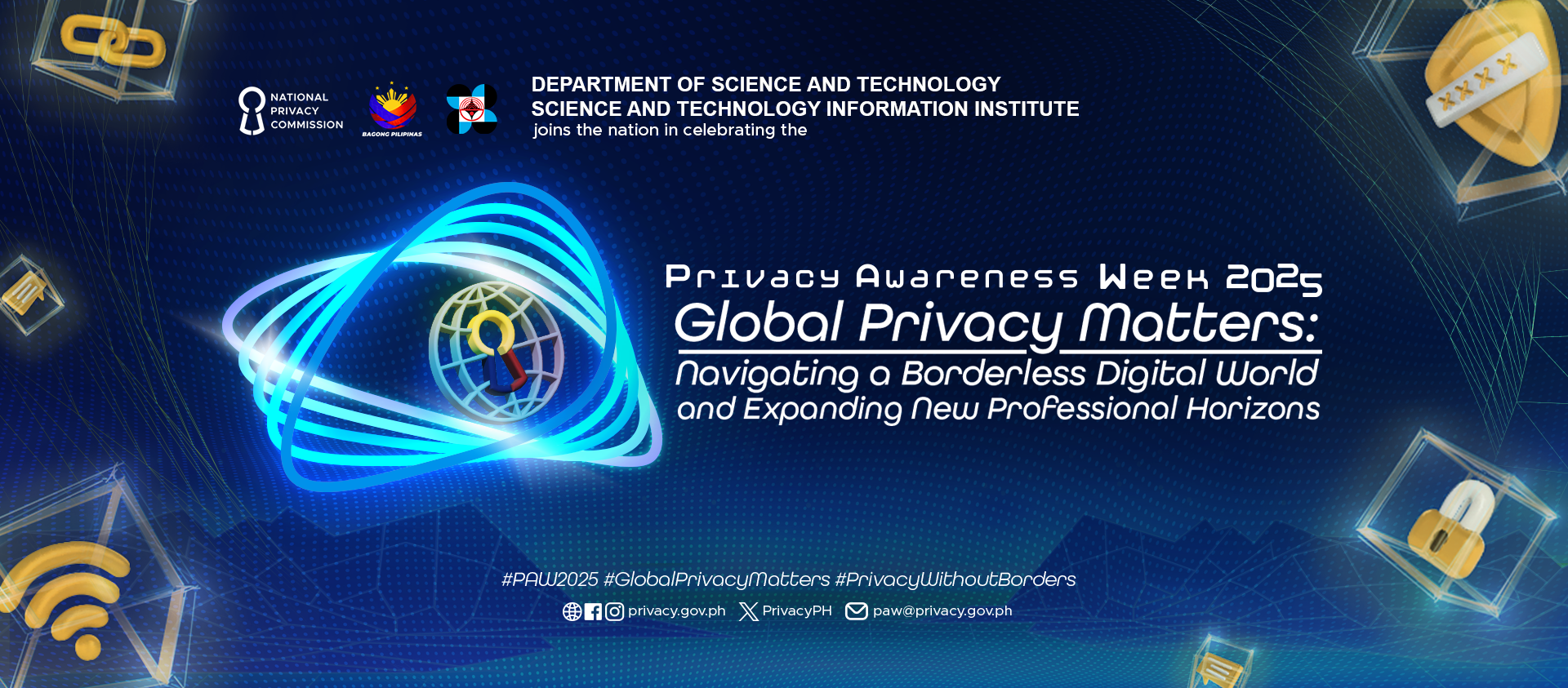
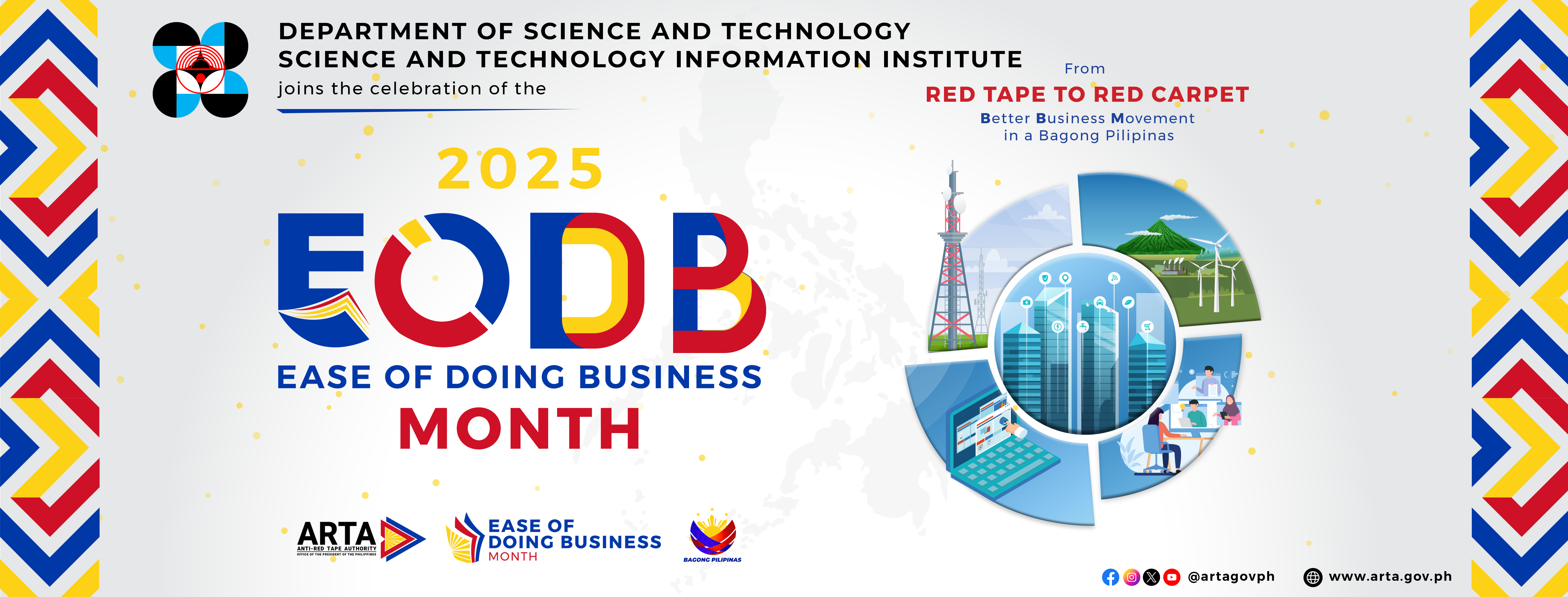
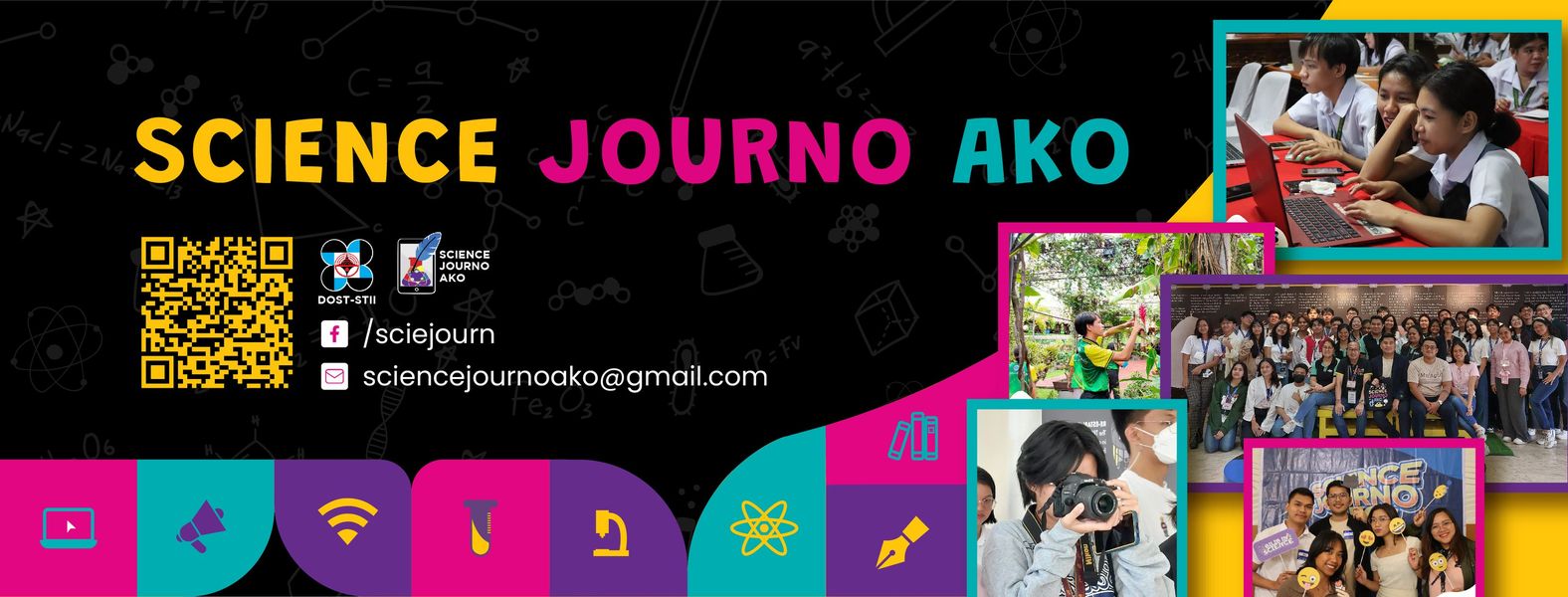

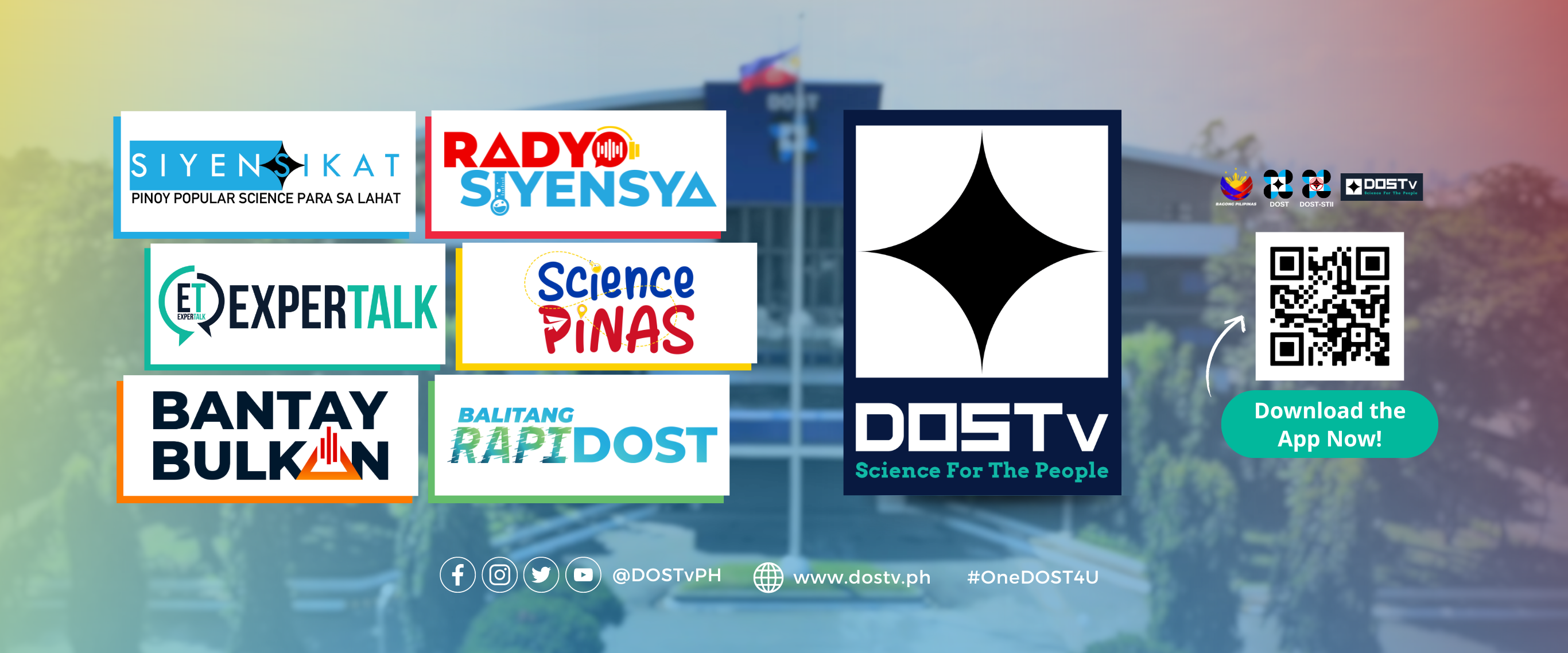

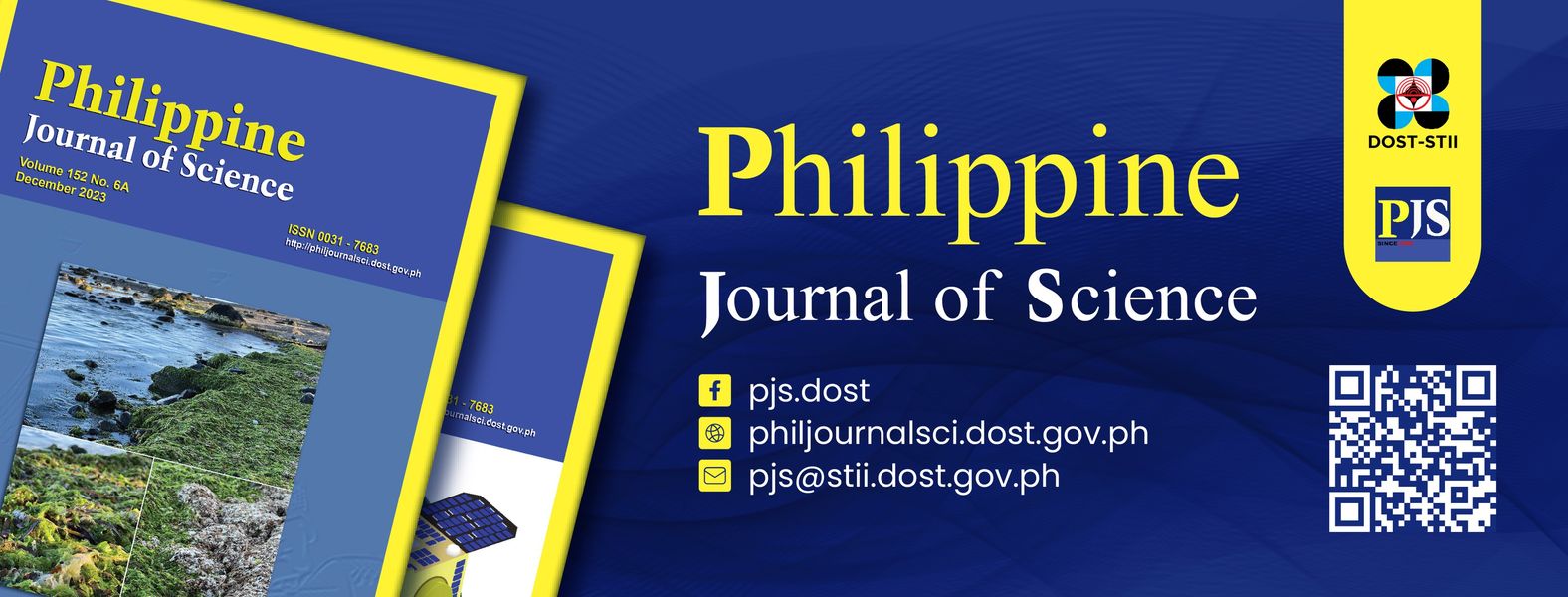




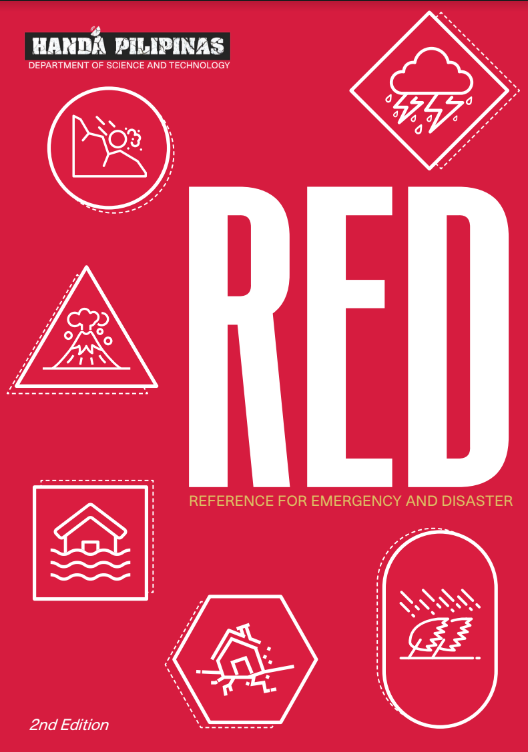





 21 in 2021 Technology Catalogue
21 in 2021 Technology Catalogue 21 in 2021 Technology Catalogue
21 in 2021 Technology Catalogue DOST Innovations - Web and Mobile Applications for Disaster Risk Reduction and Management
DOST Innovations - Web and Mobile Applications for Disaster Risk Reduction and Management